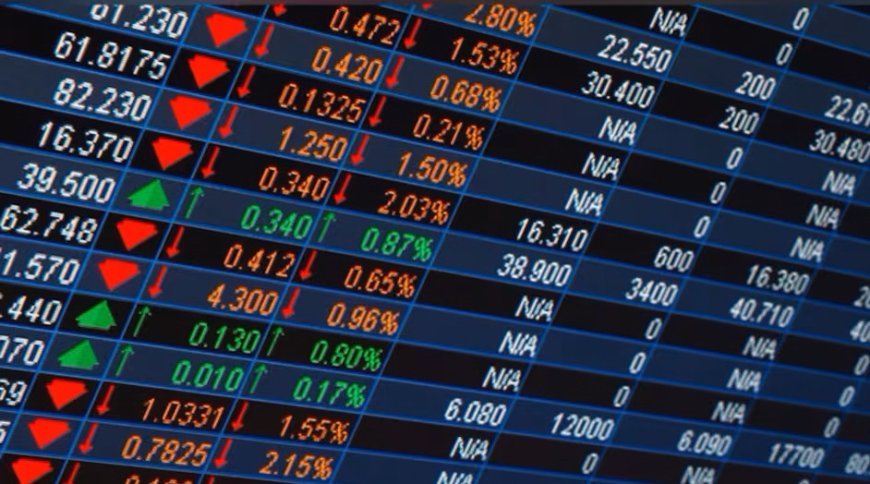what is Indices in share market and how to use it step by step

In the context of the share market, an index (plural: indices) is a statistical measure that represents the performance of a group of stocks or securities. It serves as a benchmark to evaluate the overall performance of a market, a sector, or a specific segment of the market. Indices are used by investors, analysts, and fund managers to assess market trends, make investment decisions, and compare the performance of investment portfolios. Here's how you can understand and use indices step by step:
Understanding Indices:
-
Composition:
- An index is composed of a basket of stocks that are selected based on specific criteria, such as market capitalization, industry, or other factors. The stocks within an index are meant to represent the broader market or a particular segment of it.
-
Weighting:
- Each stock within an index is assigned a weight, which determines its influence on the overall index value. Common methods of weighting include market capitalization weighting, price weighting, and equal weighting.
-
Calculation:
- The value of an index is calculated based on the combined market prices or capitalizations of its constituent stocks. Changes in the prices of individual stocks influence the overall index value.
-
Base Value and Base Date:
- Each index has a base value and a base date, usually set in the past. The index value is then calculated relative to this base. For example, if an index starts with a base value of 1000, a current value of 1200 implies a 20% increase since the base date.
Using Indices:
-
Market Analysis:
- Indices are used to analyze the overall performance of the stock market. By tracking the movement of a major index, investors can gain insights into whether the market is trending up, down, or sideways.
-
Benchmarking:
- Investors and fund managers use indices as benchmarks to evaluate the performance of their investment portfolios. If a portfolio outperforms the benchmark index, it is considered a positive outcome.
-
Asset Allocation:
- Indices help in making decisions about asset allocation. For instance, if an investor believes that a particular sector is poised for growth, they may increase their exposure to stocks within that sector.
-
Investment Strategies:
- Traders and investors often develop strategies based on index movements. For example, a trend-following strategy may involve buying when the index is in an uptrend and selling or shorting when it is in a downtrend.
-
Derivatives Trading:
- Derivative instruments such as futures and options are often linked to indices. Traders use these instruments to speculate on or hedge against the future movements of the market or specific sectors.
Steps to Use Indices:
-
Choose the Relevant Index:
- Identify the index that best represents the market or sector you are interested in. Common indices include the S&P 500, Dow Jones Industrial Average, NASDAQ Composite, and Nifty 50.
-
Access Real-Time Data:
- Use financial news websites, trading platforms, or financial news channels to access real-time data on the chosen index's current value, percentage change, and other relevant information.
-
Analyze Trends:
- Analyze the historical trends of the index to identify patterns and make informed predictions about future movements.
-
Evaluate Portfolio Performance:
- Compare the performance of your investment portfolio against the chosen benchmark index to assess how well your investments are performing relative to the broader market.
-
Consider Economic Indicators:
- Be aware of economic indicators, news, and events that might impact the index. These could include interest rate changes, economic reports, or geopolitical events.
-
Implement Strategies:
- Based on your analysis and objectives, implement investment strategies that align with the movements and trends observed in the index.
What's Your Reaction?

























































